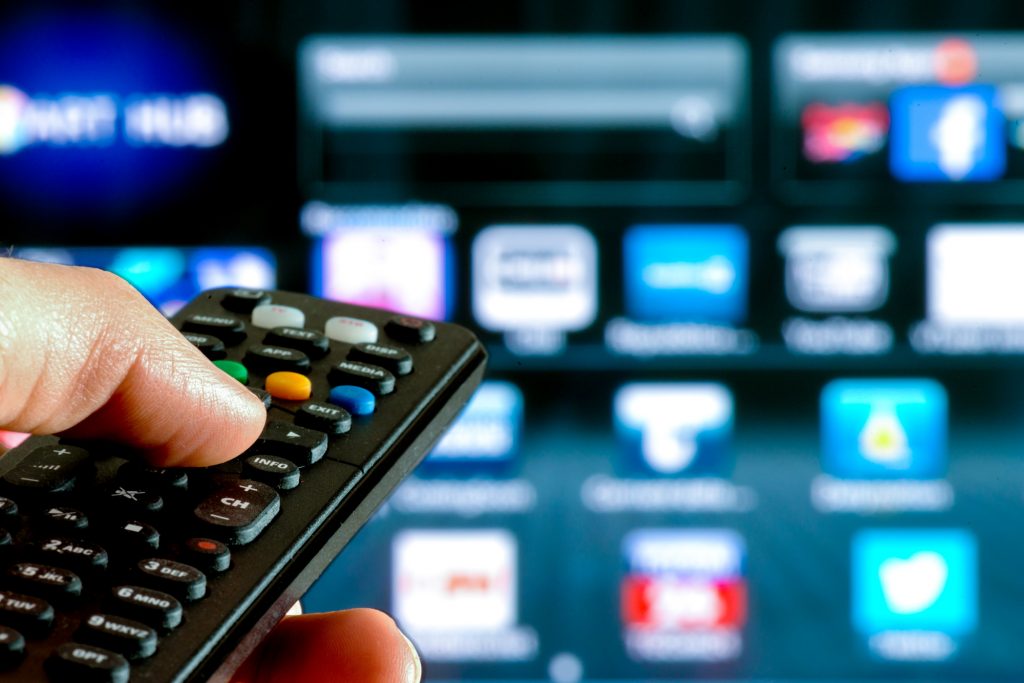Ever since the inventor John Logie Baird first demonstrated television back in 1926, the world has been hooked. An average 65-year old person will have watched a solid nine years’ worth of TV in their lifetime. That’s a lot of shows.
But TV has moved on so much in the last century. We’ve gone from being reliant on over-the-air or terrestrial TV, to enjoying round-the-clock multi-channel satellite and cable TV, to on-demand digital streaming. Right now, there have never been so many ways to enjoy watching TV.
But what’s next for the tube?
In this guide, we’ll look into our crystal ball and try and predict where the TV industry will take us in the future. Sit back and relax, and don’t switch over.
More Freedom to Choose
With streaming services available for most channels now, it’s easier to pick and choose which of your favorite stations you want to subscribe to now. Where once you may have had to pay for an expensive subscription bundle, you can now effectively unbundle your content and only pay to see the channels you really want.
Of course, there’s never been so much TV content produced, and there have never been so many channels and streaming services. Narrowing down your choices can be quite tricky.
Fewer Commercial Breaks
Because we’re more adept at watching streaming TV services now, we’re no longer interested in sitting through commercial breaks. But along with our intolerance for this type of advertising, it’s no longer needed to fund TV companies anymore.
TV is increasingly being funded by subscriptions, making the TV commercial somewhat redundant.
But there’s always going to be a need for advertising on terrestrial TV because it’s such a great place to catch consumer’s attention.
On digital TV and streaming services, instead of commercials, you’re more likely to see more banner ads than you might see online.
More Interactive Content
VR headsets are becoming more commonplace with tech giants Facebook, Google, and Samsung all experimenting with the medium. This kind of equipment will likely replace the traditional TV screen in many cases.
Netflix has already experimented with the interactive format, with Black Mirror allowing viewers to choose their narrative in the Bandersnatch episode. With the technology already in place, it may be likely that we’ll a lot of that style of content in the future.
Don’t Throw Away Your Terrestrial TV Equipment Yet
While the future is already here, and we can already watch the exciting content available on streaming platforms, there’s still a lot of life left in terrestrial TV.
It’s worth holding onto your terrestrial TV equipment as traditional channels have upped their game in terms of production values while ensuring they hold onto as many big sporting events as possible.
If you want to get the best out of over-the-air TV, read about the best type of TV antenna.
What Is the Future of Terrestrial TV?
Terrestrial TV will be with us for a few years yet. With TV companies creating better content and finding funding through subscriptions rather than advertising, we’re likely to see a different playing field.
For more great articles, check out the rest of the site.

